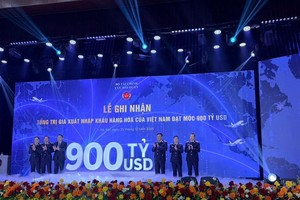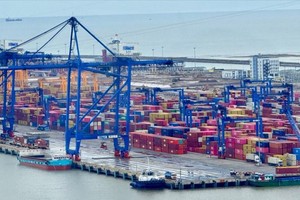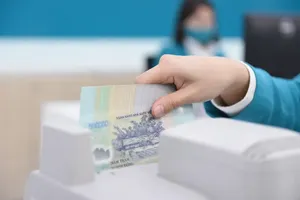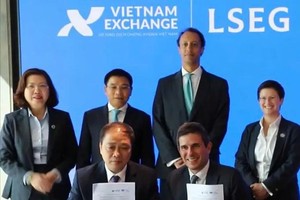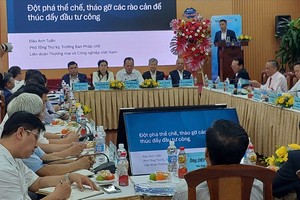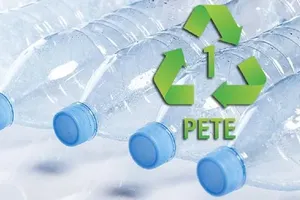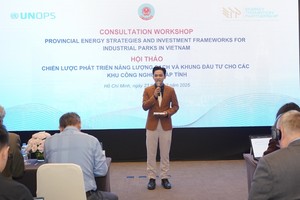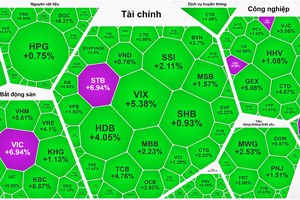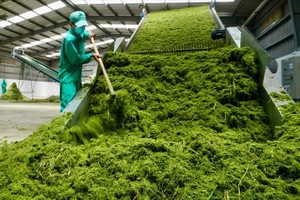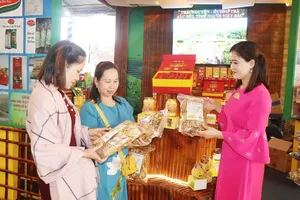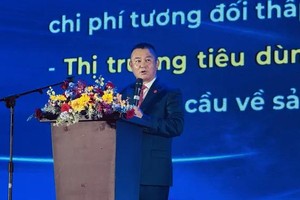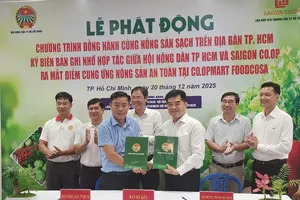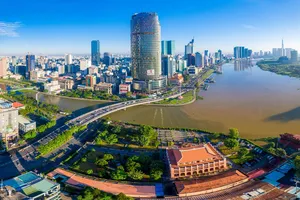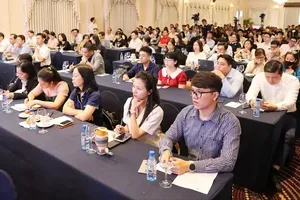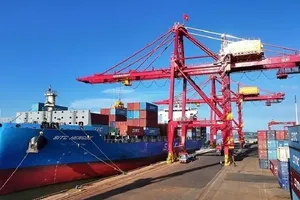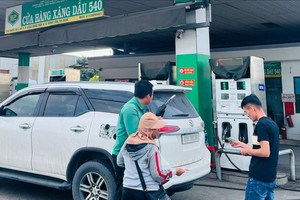 |
Recycling straw helps increase value of paddy straw-based circular economy |
Every year, Vietnam has 47 million tons of rice straw, especially the Mekong Delta has over 25 million tons of straw. However, only about 20 percent -30 percent of paddy straw is recovered to make straw mushrooms, animal feed, and naturally derived cushioning materials for fruit transport. Recycling crop residues and stubble from agriculture aims to maximize the paddy straw-based circular economy in agricultural production as well as solve the problem of burning straw.
Scientists have shown that the Mekong Delta has an annual harvest of about 24 million tons of rice, generating about 26-27 million tons of rice straw.
Currently, about 70 percent of crop straw is burned in the open air field or buried in the ground. Furthermore, burning straw causes loss of nutrients in straw, loss of biodiversity and serious environmental pollution and air pollution while burying straw in flooded fields causes increased methane emissions and greenhouse gas emissions. Therefore, it is necessary to have specific policies and technical guidelines for the management and use of rice straw in the Mekong Delta in particular, and in Vietnam in general, in the direction of low-emission and circular agriculture.
In fact, it has been alarming that farmers burning straw after harvesting for many years. Many solutions to curb the situation have been introduced, but so far 70 percent of straw is burned or buried in the soil while just 30 percent of the straw is reused for growing mushrooms, composting or making animal feed. Scientists announced the government should have a solution to use up this amount of straw, to turn it into money not only for farmers, for businesses but also for the benefit of the environment.
The Ministry of Agriculture and Rural Development has worked with administrations in Mekong Delta provinces to soon submit to the Government a project of 1 million hectares of high-quality rice with the goal of reducing greenhouse gas emissions. According to Deputy Minister of Agriculture and Rural Development Tran Thanh Nam, agricultural by-products are resources that the sector must take heed of them for increased value in rice cultivation and farmers’ increased income.
Noticeably, the International Rice Research Institute (IRRI) has coordinated with the Ministry of Agriculture and Rural Development and related partners to deploy high-quality and low-emission rice production conversion technology solutions for Vietnam, through the organization of events on technologies and equipment to support circular agriculture such as mechanized collection of dry and wet straw, production of organic fertilizer from straw.
The Department of Crop Production under the Ministry of Agriculture and Rural Development said that it will publish the process and a manual for rice straw management towards recirculating and low-emission agriculture in the Mekong Delta.
